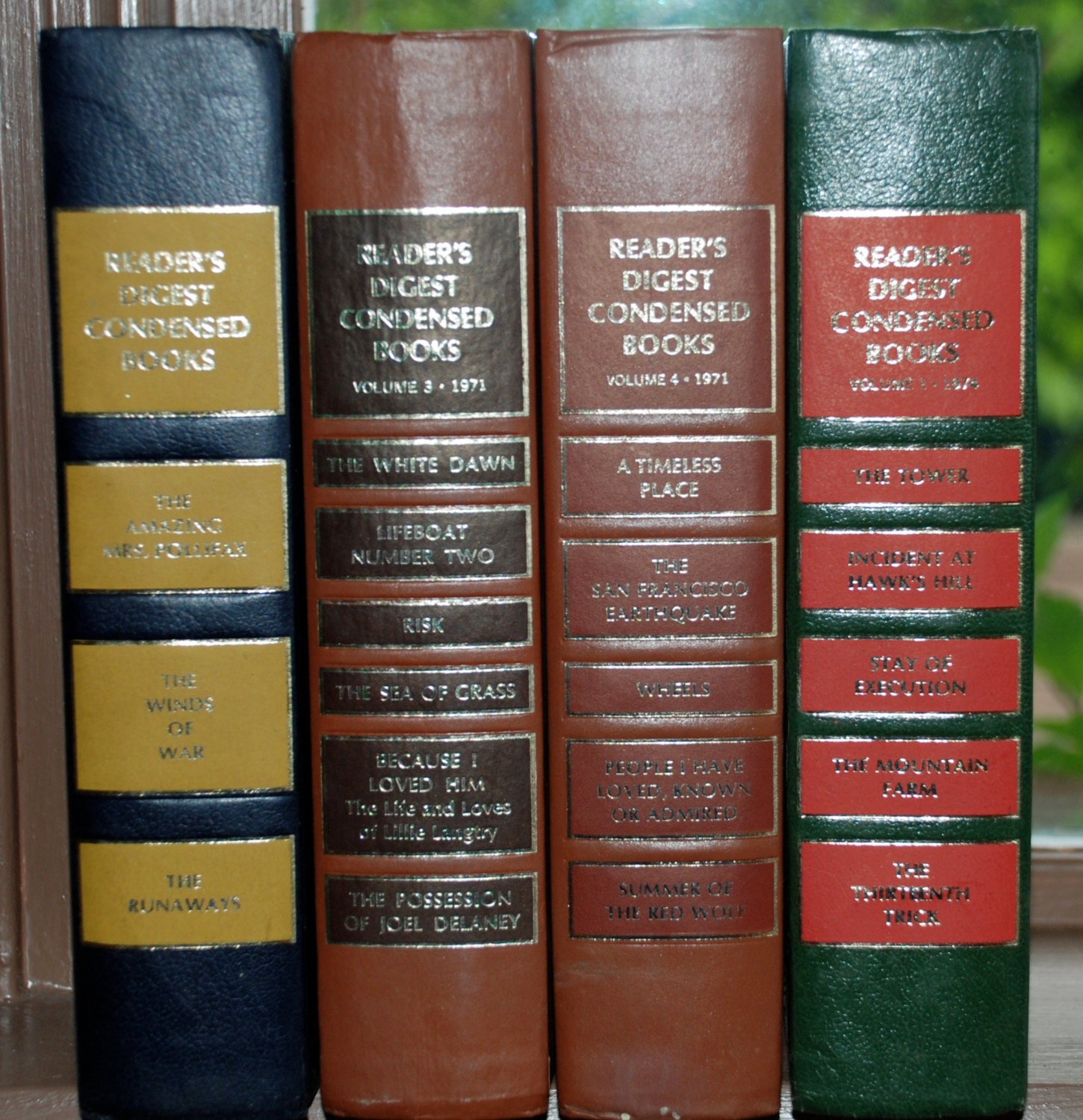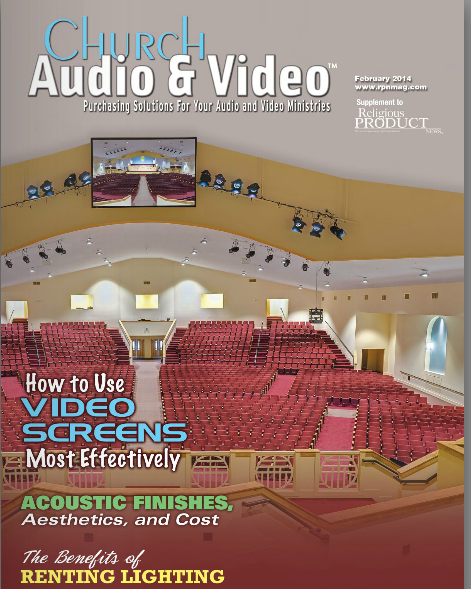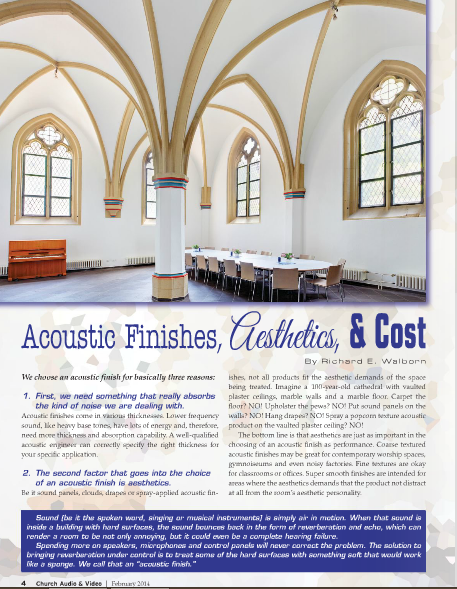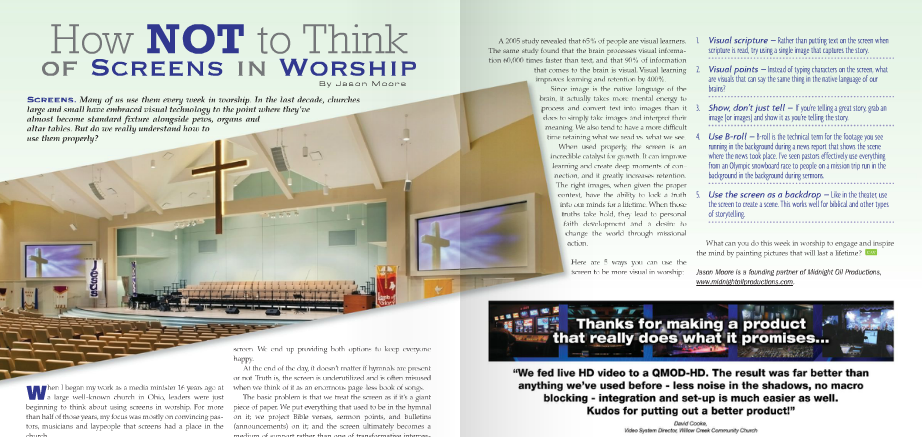
I spent my morning reading/blogging time yesterday finishing the novel version of Fahrenheit 451 by Bradbury. I’m glad I took the time. I’m not 100% certain I have read the book before. Certainly I knew about it and had seen the movie. But the book is very different from the movie and play (or at least the play, since now it’s my most recent image experience of this story).

I should say the book encompasses most of what Bradbury put in his play. I have ordered a copy of the play to compare it to the book and the staging of the Aquila company I witnessed.
My reaction to the play was that it was “quaint” and dated. I think now this might have been a result of both Bradbury’s attempt at distilling some of his ideas into the play format and Aquila’s stated purpose of making classics more accessible in a theater context. Both of this seem ironic now because the book is so anti this very sort of thing, railing against digests and other stuff.


I am still pondering the heart of what Bradbury is saying in his story, but reading the book (written in 1953) I realize that it is important to think about the time it was written. Through out the book planes fly over. This was ominous in the 50s.

We were waiting for bombs to drop at all times. The background of a boiling cold war is important to the story in the book, but omitted in the play. The staging substituted an ominous take on the hound of the impersonal death that inevitably reminds a theater goer now of our stupid stupid drones that the USA is using to murder our enemies.

I will blog more on the heart of the story if I have any subsequent insights.
I often find annoying catalogs cluttering up my inbox at work. I decided to look at this at one a bit closer. I have been witness to a takeover of music acoustics by a certain mind set. I suspect this mind set comes from the recording studio. In a recording studio, it is necessary to dampen all random sounds so that the recordist can cleanly balance and record.
This dampening is the driving aesthetic of many if not most public buildings in the US right now. I remember going round and round with the architect at a church where we were renovating. Despite spending thousands of dollars on a liturgical acoustic consultant, the final room did not include his recommendations and the room was a typical American church/concert hall. That is to say sounds traveled in the room, one could hear the PA quite nicely, but it was dry (very very little reverberation).
In the early 21st century, this subtle ideal is so prevalent that musicians themselves (excluding organists and choir directors) often abhor reverberation.
Then you have the people who are in the business of selling audio and visual equipment to churches for these rooms.
In this advertising mag, Richard Walborn begins his article on acoustics emphasizing that “first we need something that really absorbs the kind of noise we are dealing with.” Noise is how he perceives the uncontrolled reverberation and echo (two different things). Ironically later in his article he addresses an area often left more reverberant, the entrance way. He calls it “the forgotten foyer.” I along with many other choir directors will drag our choir into these areas so they can experience singing in a reverberant environment. I guess these will disappear along with good singing rooms if this aesthetic continues to prevail.
Another article in this catalog/promo pamphlet addresses screens in worship. I have also watched attitudes evolve about screens. My own attitude has changed.
I want to say quickly that my grandfather was using screens in churches in the middle of the last century. He was a tinkerer and loved what we now call technology (he might have thought of them as gadgets). He had an early slide projector with huge glass slides mostly of biblical scenes.
I can remember my dad showing slides to his congregation.
So I have experienced screens in church and home my entire life.
I think using them in public spaces is tricky (and fascinating). At the end of his six program series based on his book on Christianity, Diarmaid McCulloch does his synopsis in a city square in London surrounded by screens that reminded me of Times Square.
Cleverly on the screens were shots from the entire series flashing by as he narrated his final thoughts.
I am going to have to stop since this is getting TLDR (too long; don’t read), but I want to quickly point out that the author of this article, Jason Moore, seems to think screens are a new phenomenon in church and church leaders need to be taught that screens in church are a “canvas where we can paint powerful pictures that draw people in at a heart level.” Nice syntax as well content. Not.


